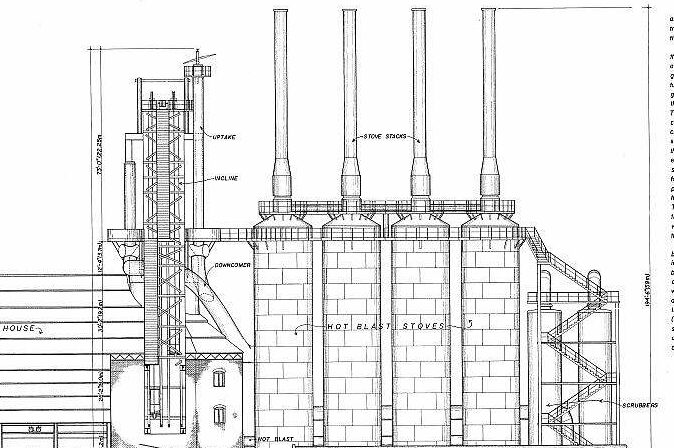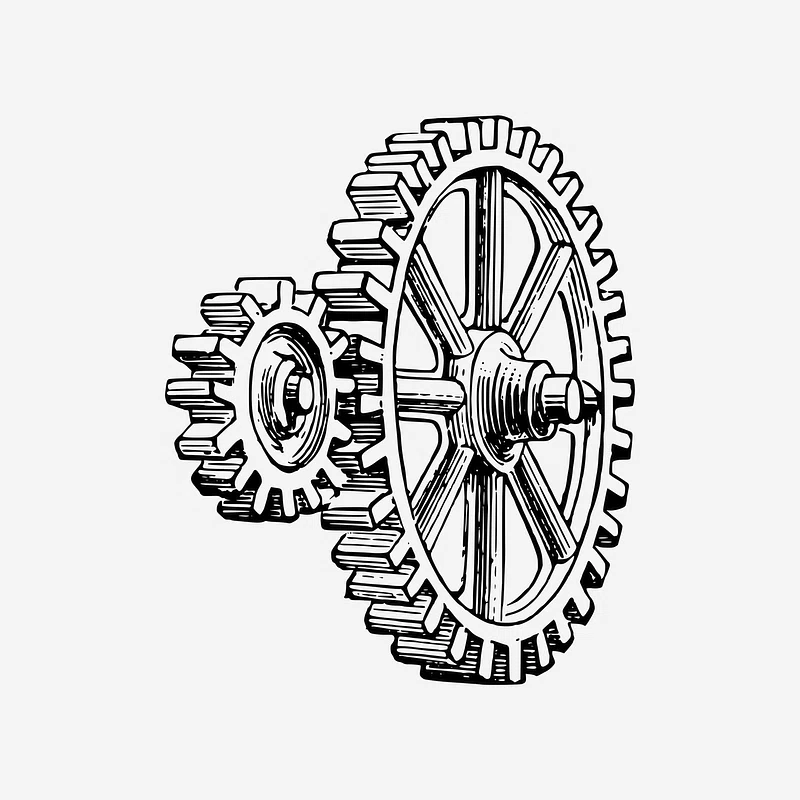IGED Resources
Learn more about engineering here. If you are looking for information on our upcoming IGED events, click the links below!
Engineering Showcase

Aerospace Engineering
Overview: field of engineering concerned with the development of aircraft and spacecraft
Applications/jobs: plane design, spaceships, military technologies, NASA

Architectural Engineering
Overview: application of engineering principles and technology to building design and construction, including structural, mechanical, electrical, acoustics, and fire protection systems
Applications/jobs: buildings, structures
Biomedical Engineering
Overview: application of engineering principles and design concepts to medicine and biology for healthcare purposes
Applications/jobs: researcher, prosthetics, drug delivery systems, pharmaceuticals

Civil Engineering
Overview: discipline that deals with the design, construction, and maintenance of the physical and naturally built environment
Applications/jobs: roads, bridges, canals, dams, airports, sewerage systems, pipelines, structural components of buildings, and railways

Chemical Engineering
Overview: use of chemistry, physics, and math with engineering tools to solve problems relating to the production and use of chemicals
Applications/jobs: chemical manufacturing, electronics production, food processing, oil refining, cosmetics production

Computer Science/Engineering
Overview: discipline that designs, builds, and improves hardware, software, theory, or electronics
Applications/jobs: computers, computer programs, smartphone apps, programming

Electrical Engineering
Overview: discipline that generally deals with the study and application of electricity, electronics, and electromagnetism
Applications/jobs: electronics, digital computers, computer engineering, power engineering, telecommunications, control systems, radio-frequency engineering, signal processing, microelectronics

Explosives Engineering
Overview: discipline that uses science and engineering principles to safely extract minerals and provide raw materials for industrial processes.
Applications/jobs: fireworks, mining, ground control, critical minerals
Industrial Engineering
Overview: focuses on studying systems to make things better: more efficient, more cost effective, and safer
Applications/jobs: manufacturing, logistics, health care, management

Materials Engineering
Overview: discipline that designs materials processes and creates creates new materials
Applications/jobs: manufacturing, ceramics, metals, polymers (plastics), and pretty much every other industry

Mechanical Engineering
Overview: discipline that applies engineering, physics, engineering mathematics, and materials science principles to design, analyze, manufacture, and maintain mechanical systems
Applications/jobs: consumer products, sensors, machines, motors, 3D printers, cars

Nuclear Engineering
Overview: discipline that uses science and engineering principles to safely operate with nuclear materials and power
Applications/jobs: nuclear power plants, waste disposal, weapons
SWENext is a way for students through the age of 18 to become part of the SWE engineering and technology community. Although our program focuses on girls, all students are welcome. SWENExt is free to join and provides students access to programs, mentors, and resources designed to develop leadership skills and self-confidence to #BeThatEngineer.
SWENEXT Mission
- Empower students to prepare for careers in engineering and technology.
- Provide programming for students to develop leadership skills and self-confidence to succeed in careers in engineering and technology.
- Expand the image of the engineering and technology professions as a positive force in improving the quality of life.
- Provide programming to empower students to become advocates for peers and younger girls.
- Demonstrate the value of diversity, equity, and inclusion.
- Provide opportunities to learn and network with peers, role models, and engineering professionals.

Interested in trying some engineering activities at home?
Students learn more about how muscles work and how biomedical engineers can help keep the muscular system healthy. Following the engineering design process, they create their own biomedical device to aid in the recovery of a strained bicep. They discover the importance of rest to muscle recovery and that muscles (just like engineers!) work together to achieve a common goal.
Students build a shake table (a device engineers use to simulate the back-and-forth shaking of an earthquake). Following the engineering design process, they design a building structure that’s stable enough and sturdy enough to survive an earthquake. Test your building on the shake table and see what happens!
Enzymes are special types of proteins that speed up chemical reactions, such as the digestion of food in your stomach. In fact, there are thousands of different enzymes in your body that work around-the-clock to keep you healthy and active. In this science activity you will investigate one of these enzymes, called catalase, to find out how it helps to protect your body from cell damage.
NASA is building a fleet of ATVs called rovers. They are designed to crawl along the moon’s dusty, rugged terrain. Astronauts will need rovers to drive across the moon’s surface, carry supplies, help build their outpost, and explore the area. In this activity, students will use the engineering design process to build their own rover out of items around the home.
In this delicious undergraduate activity modified for middle school use, teams of students in grades 6 to 8 learn about the field of industrial engineering and efficiency by creating an assembly line to pack as many snack bags in 2 minutes as possible. They then see if they can improve their process.







